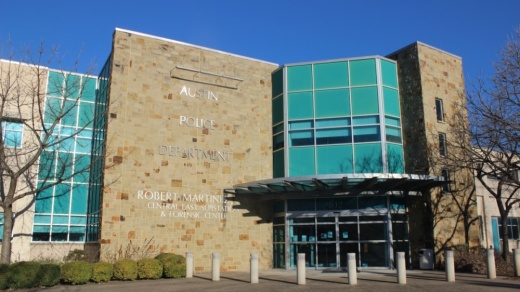Austin officials first considered cutting the forensics lab from APD in 2020 amid broader conversations about rethinking policing in the city. Council eventually voted to remove the service from under police control as part of a budget process in which nearly one-third of APD's funding was shifted away or removed. That decision was meant to leave the lab and other services, such as Austin's 911 call center, relatively unchanged as civilian offices that do not report to the police chief.
In response to Austin's choice to reallocate public safety spending, state leaders signed off on House Bill 1900 to penalize cities that "defund" their police departments. Austin qualified as a defunding entity under the new law, and the city's 2021 budget process was marked by the restoration of more than $130 million to APD, including the forensics lab, to avoid state-imposed handicaps related to taxing and annexations.
While essentially forced into that move last year, officials said at the time that they still planned to eventually take the lab and 911 dispatch center out from APD in favor of civilian oversight. A provision in HB 1900 allows cities to seek waivers for proposed police cuts, a path the city committed to once again during a meeting of the Austin Public Safety Commission on Feb. 7.
"It’s our plan as we go into the development of the [fiscal year 2022-23] budget to—again, consistent with maintaining compliance with HB 1900—separating out the forensic science into its own separate unit for FY23. That will be a proposal that we’ll be looking at," said Rey Arellano, Austin's assistant city manager over public safety.
Under HB 1900, a "defunding" city must apply for a waiver from the governor's criminal justice division before approving a reduced police budget to avoid possible state penalties. Austin did not apply for a waiver last year in part given that the new law was not in effect until weeks after the city's budget process wrapped up, but Arellano said he believes Austin will complete that process this year.
"We need to put in a proposed budget and make sure that it fits in terms of HB 1900. But it’s my anticipation that we’ll be able to do that," he said.
Members of the safety commission were generally supportive of the city's goal for the lab this year. And Jennifer Laurin, a criminal law professor at The University of Texas, also told commissioners that freeing up the lab from APD's budget is likely to provide additional benefits, including improved stability, quality analysis and public perception.
“The hallmark of high-functioning forensic science provision is independence," Laurin said.
911 calls to stay at APD
While the forensics lab appears headed out from APD—if the move is approved by the governor's office this summer—Arellano said the 911 call center will most likely stay under police management in Austin's FY 2022-23 budget.
“The focus for this year ... is around what would it take to actually separate [the lab] out, certainly from a technical perspective, and what budget would be required in an upcoming budget year," Arellano said. "It’s likely that we’ll continue to have emergency communications within APD. Which is not to say that continued improvements and different initiatives that are really of interest to the community won’t still be able to move forward."
In a separate briefing Feb. 7, APD Lt. Kenneth Murphy told commissioners that the 911 call center remains overburdened amid a loss of staffers he attributed to the "great resignation" of the past year. The call center is responsible for answering calls for police as well as the city fire department, Austin/Travis County Emergency Medical Services and the county sheriff's office.
Murphy said 15 police dispatcher and 31 911 operator positions now sit vacant out of the office's 180 total operator slots, and the call center is faced with working through a backlog of more than 1,300 service requests. The call system used to operate smoother with a backlog of several dozen calls per day, Murphy said.
“It was a good process. Now it’s not so good because we just don’t have the staff for it," he said.
Murphy said part of the call center's solution to short-staffing involves using artificial intelligence to take down callers' reports, potentially in multiple languages. He said that system could be operational within three to four months.





